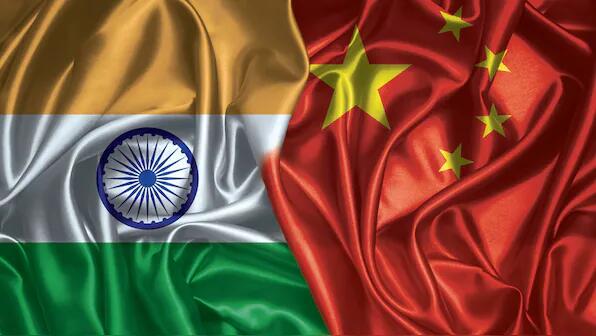China continues to expand its presence in South Asia, focusing on strengthening ties with countries surrounding India. The 5th China-South Asia Cooperation Forum (CSACF) in Kunming, Yunnan, highlights this effort. Running from July 23 to 28, the event coincides with the eighth China-South Asia Expo. Nepal’s foreign secretary, Sewa Lamsal, delivered a keynote address, reflecting the country’s important role in regional cooperation.
China’s strategy aims to increase its influence in South Asia without India’s involvement. This approach allows China to shape regional dynamics according to its interests. Furthermore, China’s growing presence in the area poses challenges for India’s traditional leadership role in the region.
China’s Approach to Regional Engagement
The CSACF serves as a platform for China to boost economic connections and teamwork among South Asian nations. Notably, India is not included in this forum. This aligns with China’s larger plans, such as the ‘One Belt, One Road’ initiative and economic corridors that don’t involve Indian territory.
China’s exclusion of India from key regional talks like the CSACF shows its desire to assert influence independently. This strategic shift in regional dynamics raises questions about China’s intentions and their impact on the area. Meanwhile, India faces the challenge of balancing its strategic interests with China’s expanding influence in South Asia and the Indian Ocean Region.
Economic Ties and Infrastructure Development
China’s trade with South Asian countries has grown significantly, reaching $197.4 billion in 2023 with an 8.3% annual growth rate. China often provides large loans and develops infrastructure in the region. This approach differs from India’s focus on grants, skill-building, and cultural exchange.
China’s economic partnerships form a key part of its regional strategy. These partnerships complement initiatives like the China-Indian Ocean Region Forum, which focuses on infrastructure investments and economic projects across the Indian Ocean. However, some worry that China’s loans might lead to debt problems for recipient countries. Critics point to examples like the Hambantota port in Sri Lanka, which was given to China on a long-term lease due to financial difficulties.
Nepal’s Changing Stance
Nepal’s participation in the CSACF reflects its internal politics. The country’s foreign policy tends to favor either China or India, depending on who’s in power. Recently, Nepal has been trying to gain economic benefits from both relationships. China has been increasing its presence in Nepal through better connections and infrastructure projects.
China’s deepening involvement in Nepal is part of its strategic ambitions in South Asia. China presents its investments in the region as peaceful development and mutual cooperation. However, some observers see these actions as attempts to reduce India’s traditional influence in the area.
China’s Expanding Reach in the Indian Ocean
China is also increasing its influence in the maritime domain. Its presence is growing in countries like Pakistan, Djibouti, the Maldives, Bangladesh, and Nepal. This expansion is seen as an attempt to limit India’s traditional influence in the region.
China’s increasing involvement in the maritime sector, from Pakistan to Bangladesh, shows its desire to play a larger role in the Indian Ocean Region. This shift in regional power dynamics has significant implications for India and other countries in the area.
Geopolitical Competition
China views its activities in South Asia and the Indian Ocean as part of a larger geopolitical competition. It sees the Quadrilateral Security Dialogue (Quad) between the United States, Japan, India, and Australia as a challenge to its plans in the Indo-Pacific region.
The recent change in Nepal’s government and its participation in the CSACF could have significant implications for regional dynamics. As China continues to strengthen its ties with countries in the region, the outcomes of these engagements will likely play a crucial role in future diplomatic and economic relationships.
China’s Strategic Vision
China’s actions in South Asia reflect its broader strategic vision for the region. By building strong economic and diplomatic ties with South Asian nations, China aims to create a network of allies and partners. This network could potentially counterbalance other regional powers and support China’s global ambitions.
Moreover, China’s investments in infrastructure and economic projects serve multiple purposes. They not only boost China’s economic influence but also potentially provide strategic advantages in terms of access and control over key routes and resources.
Conclusion
In conclusion, China’s ongoing efforts in South Asia, including the CSACF, demonstrate its strategic ambitions. These actions are shaping regional interactions and influencing the balance of power in South Asia and beyond. As China continues to strengthen its ties with countries in the region, the outcomes of these engagements will likely have far-reaching effects on the geopolitical landscape of South Asia and the broader Indo-Pacific region.
